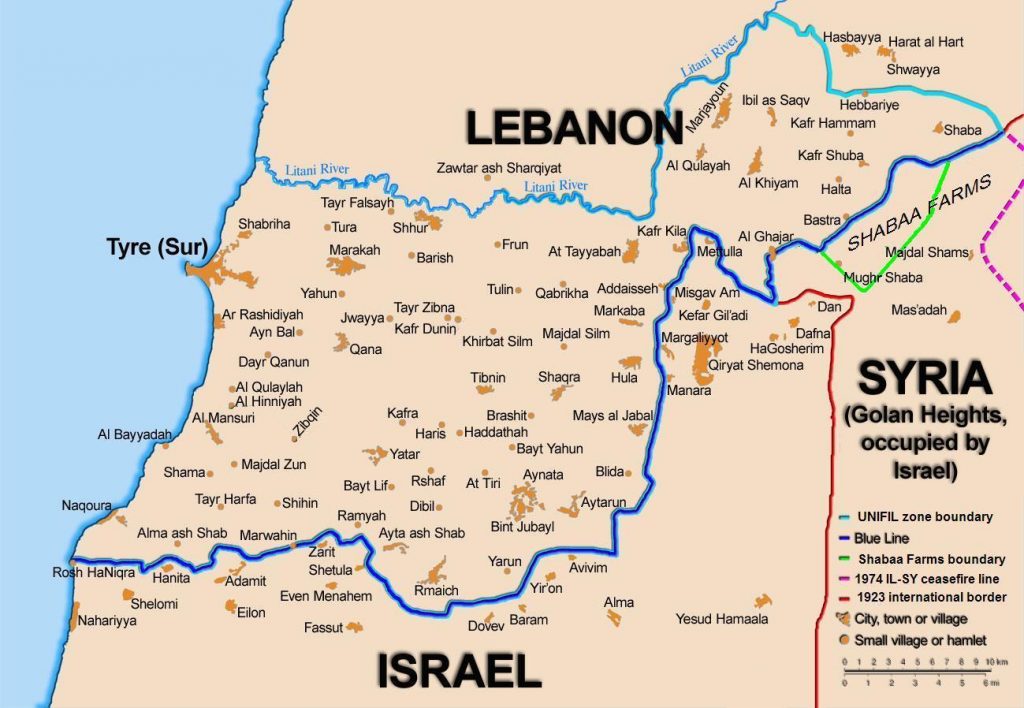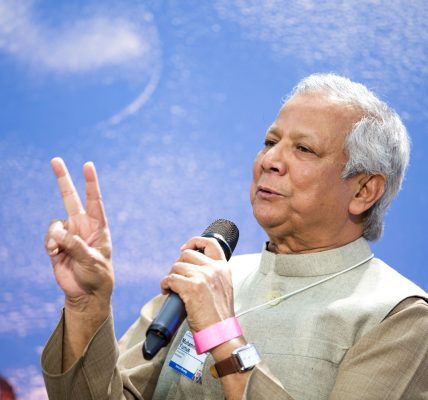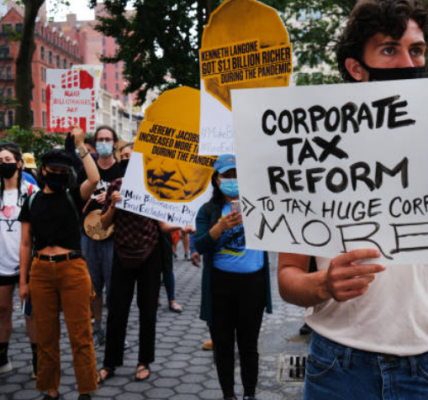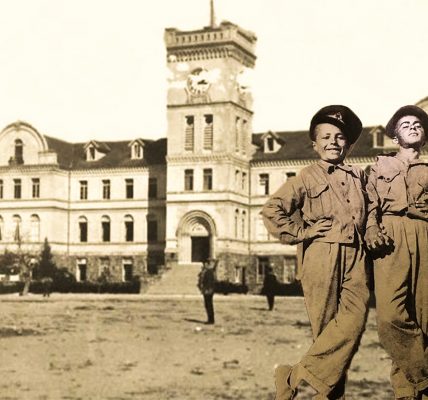A Detailed Analysis
Recent Developments and Escalation
Since the Gaza war began in October 2023, tensions between Israel and Hezbollah have intensified. On July 28, a rocket attack in the Golan Heights, annexed by Israel, tragically killed 12 Druze children. In retaliation, Israel conducted a targeted strike in Beirut’s suburbs, aiming to eliminate Fouad Chokr, a key Shiite military figure.
Hezbollah’s leader, Hassan Nasrallah, has ominously promised “calculated revenge” and forewarned of a “great war’s dawn,” indicating a potential escalation in regional hostilities. This article aims to provide an in-depth overview of the historical conflict between Hezbollah and Israel, spanning around 1,000 words.
1982: The Emergence of Hezbollah: Hezbollah’s Origins in the Lebanese War
The Hezbollah, meaning “party of God” in arabic, emerged as a formidable force against Israel during the Lebanese War of June 1982. The group formed in response to Israel’s “Peace for Galilee” operation, intended to dismantle the Palestine Liberation Organization (PLO) stronghold in southern Lebanon. With Iran’s support, Hezbollah adopted a similar ideological stance and committed to the elimination of the Israeli state, as declared in their founding charter.
Despite the PLO relocating to Tunisia in late summer 1982, Israeli forces stayed to ensure security, occupying significant parts of southern Lebanon and Beirut. In this scenario, Hezbollah became Israel’s main adversary. Until then, Israeli intervention in Lebanon was primarily against Palestinians. After the PLO’s departure, it turned into a Hezbollah-Israel conflict.

Intensified Conflict in Southern Lebanon: From Clashes to Guerrilla Warfare
Post-1985, following Hezbollah’s official establishment, violence in southern Lebanon increased. Hassan Nasrallah, who took over after Israel assassinated Abbas Moussaoui in 1992, transformed Hezbollah into a guerrilla force targeting Israeli soldiers and the South Lebanon Army (SLA), a pro-Israeli militia. Israel responded with lethal offensives, such as Operation Accountability in 1993 and Operation Grapes of Wrath in 1996, resulting in significant Lebanese casualties and massive civilian displacement.
2000: Israel’s Withdrawal from Southern Lebanon: A Strategic Retreat and a Boost for Hezbollah
On May 25, 2000, after 22 years of occupation, Israel withdrew from southern Lebanon due to internal pressure and significant military losses. This retreat marked a failure for Israel and bolstered Hezbollah’s status. Nasrallah hailed it as “a historic victory,” signaling a shift in the Israeli-Arab conflict dynamics. Despite sporadic attacks, Hezbollah entrenched its political influence in Lebanon by joining the government in 2005 while maintaining its armed struggle, citing the Israeli occupation of Shebaa Farms.
2006: Violent Clash: A Short yet Deadly War
In July 2006, Hezbollah kidnapped two Israeli soldiers, prompting a severe Israeli military response. Over 33 days, intense fighting led to over 1,200 Lebanese deaths, mainly civilians, and massive displacement. Israel faced 165 fatalities, primarily military, and significant internal displacement. This conflict was more about demonstrating strength than achieving political or territorial goals.
2012: The Syrian Civil War’s Impact: Hezbollah’s Strategic Repositioning
When civil war erupted in Syria in 2011, Hezbollah sided with the Assad government, viewing the uprising as a threat to their alliance against Israel. Hezbollah’s active involvement in Syria against opposition groups, which retaliated with rocket attacks, indirectly implicated Israel, which targeted Hezbollah positions in Syria from January 2013.
2024: The Fallout from October 7, 2023, Attacks: Renewed Hostilities and Regional Implications
Direct confrontations between Hezbollah and Israel remained minimal until Hamas’ attacks on Israel on October 7, 2023. This led to Israeli bombings in Gaza and subsequent Hezbollah rocket attacks on Shebaa Farms. Israeli artillery and drones targeted Hezbollah positions in the Golan Heights. According to AFP, clashes since October 8, 2023, have resulted in over 527 Lebanese and 46 Israeli deaths, and 160,000 displaced people on both sides.
Conclusion: Hezbollah and Israel conflicts: a turning point for the regional order
The Middle East is at a crucial juncture. The combination of Iran’s nuclear ambitions, Hezbollah’s militancy, and the Israeli-Palestinian conflict has created a highly unstable environment. The coming months will be critical in determining whether the region can move towards a new regional order or descend into a broader conflict.






